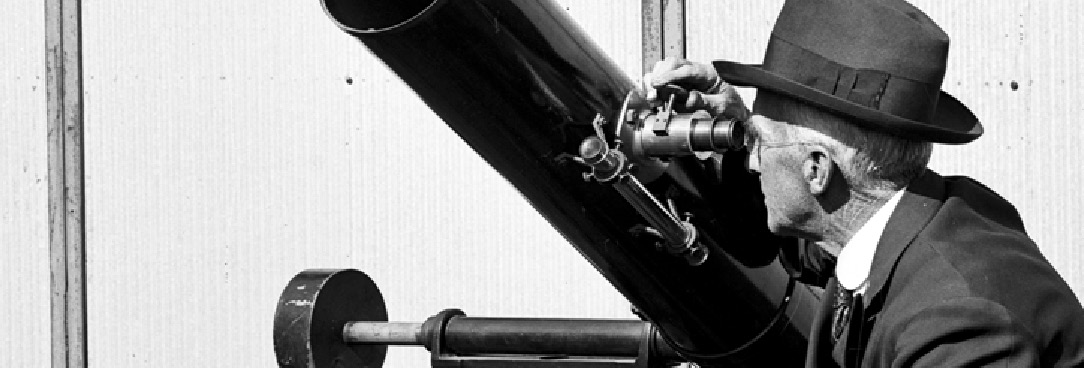Last updated:
One of the notable features of the refereed articles and some of those in the Forum section in this year’s Provenance is that many are based on substantial research into archives and collections in addition to those found here at Public Record Office Victoria. Kirsten Wright and Antonina Lewis combine research into records of Victoria University in Footscray with records created by the Department of Education. Beginning with burnt and damaged records they discovered in the Victoria University Archives, the authors researched both collections to weave a story about the lack of attention paid to fire prevention in Victorian public schools in the early twentieth century. In so doing, they introduce us to a range of social history surrounding the incidence of fire at the school in 1953, as well as the work of the school’s founder Charles Hoadley.
Catharine Coleborne’s article explores the administration of insanity in four colonial psychiatric institutions in Australia and New Zealand between 1860 and 1914. Her study reveals much about those in care as those who provided that care, and those who recorded the treatment of the ‘insane’ at these institutions.
Another article demonstrating the research possibilities available for those interested in the study of mental health records is Kath Ensor’s article on Dolly Stainer, an inmate of Kew Cottages. The article brings together research into mental health records held at Public Record Office Victoria, the Registry of Births, Deaths and Marriages, and a range of other sources to demonstrate the way in which family histories can be reclaimed through primary research.
Alison Wishart’s research into Victorian Education Department records takes us into the world of renegade cookery educator Flora Pell, a capable woman who ran foul of the Education Department authorities by ignoring their outdated teaching texts to produce her own highly successful book on the subject, Our cookery book.
The lead article in this year’s Forum section tells the journey of a woman rediscovering the facts of her own childhood through personal memorabilia and records found in shoebox, which eventually led her to an inquest file at Public Record Office Victoria. Janet Marles tells the story of her mother, Heather McDonald, who through this chance discovery was able to start answering many of the questions she had been left with when she and her sisters became orphans in 1941.
Helen Harris explores the system introduced by the Victoria Police in 1893 to regulate ‘baby farming’, a practice used by single mothers to earn incomes while they paid other women to look after their infants. The Infant Life Protection Act 1890 was the instrument for this attempt to ensure better care of infants and protect them from the excesses of a system geared more toward making money than keeping infants alive. The records examined in the article reveal a great deal of intimate detail about the lives of the working-class women who worked as ‘nurses’ as well as those who employed them.
In Christine Graunas’s article we are taken on an excursion through the wonders of Melbourne’s inner suburban high streets with their well-preserved shopping terraces, dating from the mid-nineteenth century onwards. The article is based on primary research on municipal records held at Public Record Officee Victoria, as well as newspaper advertisements and commissioned histories of inner-city suburbs. Melburnians and visitors alike will see this aspect of the urban environment as one of Melbourne’s great features.
On the occasion of the 150th centenary of the Burke and Wills expedition, Donna Bourke asks the question: ‘What happened to the camels that survived?’ Following the purchase of Longerenong Homestead in the Wimmera, she discovered that this property had a connection with the expedition, having been a place where the camels were kept for a period following their retrieval. Through her research into the records of the Royal Zoological and Acclimatisation Society, the untold story of the camels and their fate is finally revealed!
Finally, the sad life of crime of murderer George Blunderfield (alias Arthur Oldring), who was hanged in Melbourne in 1918. Based on research into records of the Western Australian and Victorian state archives, Kirstie Close’s article takes us on the downward spiral of George’s life that saw him become the perpetrator of horrific crimes.
Sebastian Gurciullo
Editor
Material in the Public Record Office Victoria archival collection contains words and descriptions that reflect attitudes and government policies at different times which may be insensitive and upsetting
Aboriginal and Torres Strait Islander Peoples should be aware the collection and website may contain images, voices and names of deceased persons.
PROV provides advice to researchers wishing to access, publish or re-use records about Aboriginal Peoples
